Sooo, I’m on the plane back from Chile where I had the deep honor to work alongside Gabriel Cámara, Richard Elmore, Max and la Maestra Magdalena in 7 public schools to begin the Tutoría network in yet another context, space and time.
This year has been characterized by lots of travel, lots of movement, but precisely because of that, deep levels of reflection and learning for me. I’ve been toying with the idea that learning is movement in two sense – that as we move from cultural communities (or even physical borders), we begin to understand that learning is based on appreciating difference, that difference is fundamental to learning. It is through this movement that we find ourselves in the other, and them in us. We begin to see ourselves as more human and part of a larger movement of people wanting and creating educational change together.
While this has been exhausting, it has also rejuvenated my soul. The complexity of a simple practice such as Tutoría has made change within reach for me and so many others and I’m excited to grow more in my understandings of it.
Three weeks ago, I was in Guanajuato, Mexico last week where I had the great honor to support Richard Elmore, Santiago alongside Gabriel and Dalila to create a developmental rubric of the Tutoría practice with about 160 superintendents, teacher-coaches, and teachers. While we were talking about the practice, the idea of “shining eyes” kept coming up in our speeches and discussions of learning. We all know that “the look” (as Elmore describes), or la mirada that is created in certain times and spaces, when the head, heart, and body are all connected and that person is filled with deep satisfaction, confidence, delight and peace. Their eyes shine and they are fully present in that moment and space.
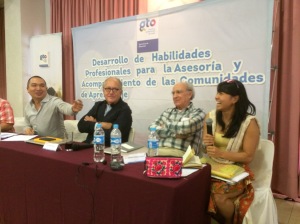
We all know what it is, but in many school days and school systems, we forget that we’re looking for it. Many things have happened since I last wrote you in February before we were just going to being Tutoría at Sahasat School. Very quickly, here’s a brief run-down!
June 2015: We begin working with the Juvenile Court and Community School (JCCS) under the San Diego County Office of Education to build networks of learning in and across various school sites beginning with a Tutoría conference! I just visited them in late September going out to the school sites. It was in these visits to school sites that I saw these shining eyes (I’ll share more later.)
June 2015: Zac, México – I want back to visit the family. My sister gave birth to her third child and Dalia, Carlos, and Orlando are getting so big. During this visit, thanks to Alvaro, I went to Tlaltenango with Profe Rito at and academic exchange and met with some of their Heads of regions to see how Tutoría could be used at the level of the teacher evaluation system that Mexico just put in place. I also met with the team of teachers of Villanueva who are holding out the fort even though the struggle against strict conditions and lack of institutional support are discouraging sometimes. I also got to visit el Maestro Cruz who had moved to the technical school in Jerez and together, started the tutoring networking with 30 students and 9 parents. My last day in Zac, I had the privilege of working with the Normal of Zacatecas (teachers’ college!) to strengthen the practice of 20 teacher candidates who has did their practicum in telesecundarias en la red de tutoría and helped them prepare for another Tutoría exchange with another normal school in Guanajuato.
July – August 2015: Singapore and Thailand! With the most wonderful team, Suraj and Sukanda (and a new addition now, P’Ja-ae!) We had our first cross-national Tutoría exchange with Shuqun Sec and representatives from the all three schools in Thailand! It was fill with food and fireworks and Tutoría done with the Math, Art and Science teachers at Shuqun. We also had a Tema design day with the Thai teachers at the Singapore Science Center. 🙂
September 2015: Back to San Diego and then to Guanajuato (as described above) to understand not just how teachers need to model the practice of tutoring, but to model the practice of learning. So often we forget that we need to be good learners first ourselves as educators before expecting that of our kiddos. What does it mean to be a good learner? How do we insist on good learning practices?
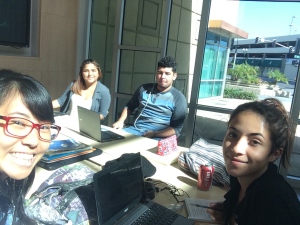
October 2015: Chile – More to come as I collect my thoughts. It was my first visit to Chile and it was breathtaking, both in terms of her places and her people. Chile was about the Mari mari (meaning 10 and 10) – the Mapuche greeting where each person brought their all, all ten fingers to be in connection with another 10 fingers to greet each other.
In this piece, I wanted to share some of the stories of the kiddos that I’ve had the privilege to meet and design with. In San Diego in Sept, I got to visit a few schools and met some of the most beautiful, courageous and brilliant young people. I wanted to introduce them to you.
First, there was Henry who had a perma-smile (smile that doesn’t ever seem to go away..) who was bugging a teacher during lunch period and came early to class. Henry was sitting on a stool in class and after banter about his day, told his teacher, “I got into trouble today at lunch.”
“What did you do??” his teacher asked.
“I blew up a milk carton and stomped on it and it made a really loud sound, so everyone turned and looked at me.” Henry laughed.
“Oh boy, we need to find you a different way of getting attention without getting into trouble.”
Henry laughed again and nodded his head. His teacher turned to me and shared, “Henry lives in Mexico and crosses the border everyday to come to school.”
I had heard that some students do this but I was still shocked. “Are you serious? Does it take you a long time to cross the border?”
“Well, not at the time he crosses” says his teacher.
I turn to Henry, “What time do You cross? He responds, “at 4 in the morning.”
“Whaaa? What time do you get up then?”
“At like 2 in the morning?”
“Ah! What time do you sleep?”
“Like 11pm?”
“Oh my goodness, no wonder you’re stomping on milk cartons at lunch.”
He laughed.
There was something about Henry that captured me. The dedication to go to school and cross the border every single day.
I also met Luis who with those shining eyes said to his table at high school, “I’m going to see my family tomorrow.” I then sat next to him, observing the three 15 year olds at the table. Luis began to speak to me, “What’s your name? What are you doing here?” I told him I was on a visit.
“You said you were going to see your family tomorrow?” Luis turned to face me and there was the brightest sparkle in his eyes. “Yes,” he told me. As we conversed more, I found out that they had found Luis’ family in New York, the service agency had finally found them. His family consisted of his parents, and his two brothers.
“How did you get to San Diego?” I asked.
“I took buses.” Luis took a bus from the south of Guatemala, nearing Honduras to San Diego. And he had such a presence about him that was calm and wise.
Each visit has been humbling and revitalizing and I can’t help but be in awe at being a part of something wonderful.
Love,
Meixi

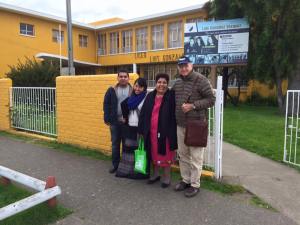
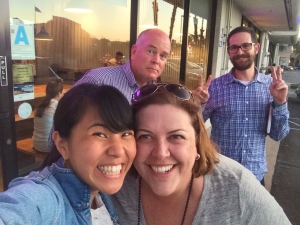
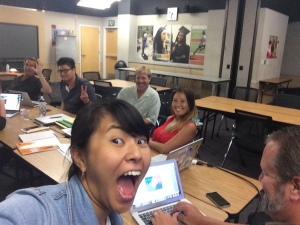
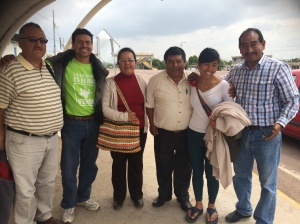
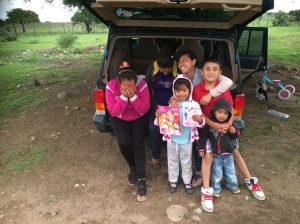
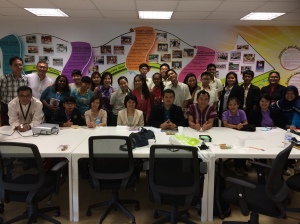
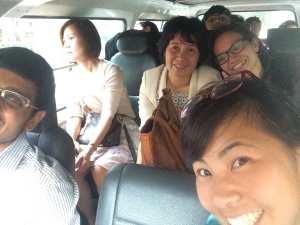
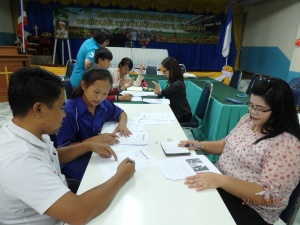
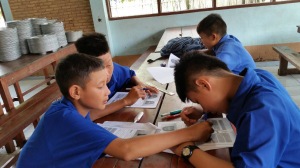
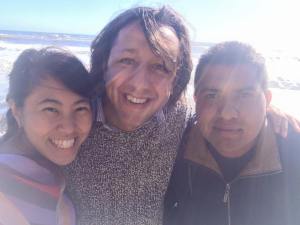
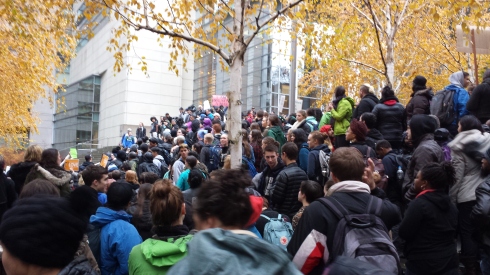
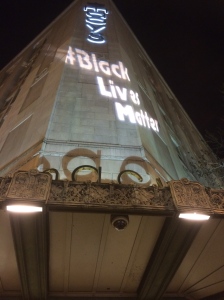
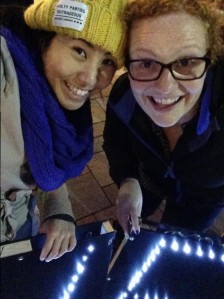 My first insight to the school to prison pipeline was during a teacher training session where ex-inmates – who had recently come out of prison after serving say 15 to 20 years since they were 12 – were facilitators at a teacher training session for teacher candidates at the University of Washington. Their stories of pain and hurt in the primary and secondary schools resonated with me. They said one thing was needed – a more human, a more relationally connected classroom. In one class at UW, a professor quoted, “I can’t teach you until I know you.” Yet when asked if they felt that their teachers knew them, no one raised their hand. So many students don’t feel that their teachers know them as humans and individuals as they go through 12 years of public school. It was the moment for me where I felt connected to the deep heartache and hopes in Seattle.
My first insight to the school to prison pipeline was during a teacher training session where ex-inmates – who had recently come out of prison after serving say 15 to 20 years since they were 12 – were facilitators at a teacher training session for teacher candidates at the University of Washington. Their stories of pain and hurt in the primary and secondary schools resonated with me. They said one thing was needed – a more human, a more relationally connected classroom. In one class at UW, a professor quoted, “I can’t teach you until I know you.” Yet when asked if they felt that their teachers knew them, no one raised their hand. So many students don’t feel that their teachers know them as humans and individuals as they go through 12 years of public school. It was the moment for me where I felt connected to the deep heartache and hopes in Seattle.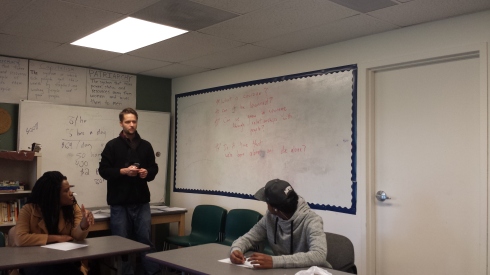
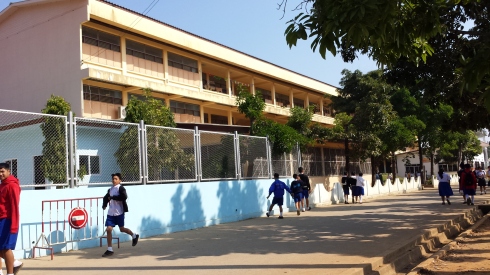

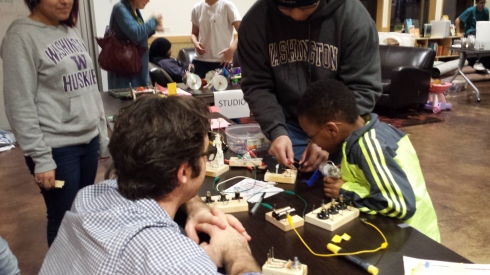
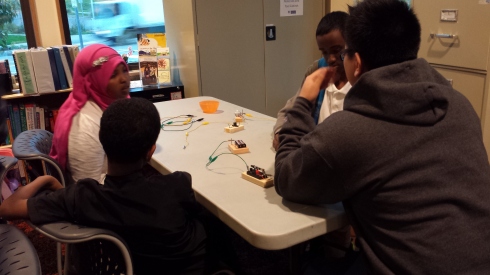
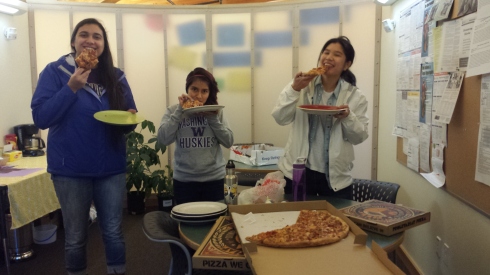

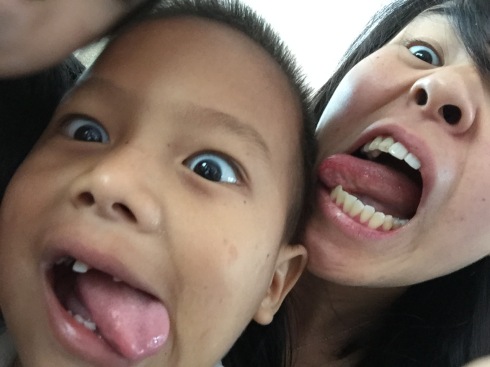
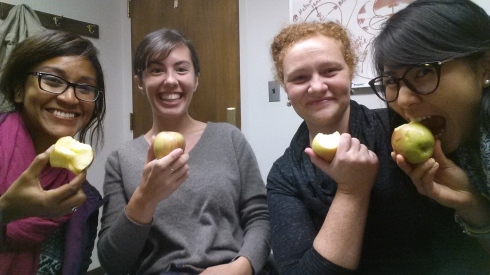

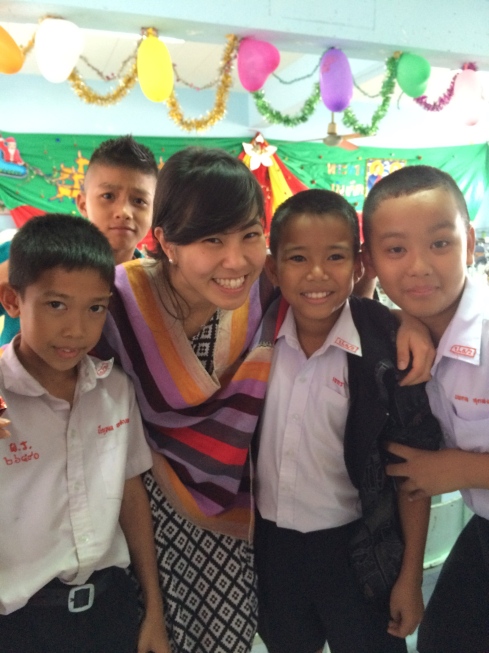

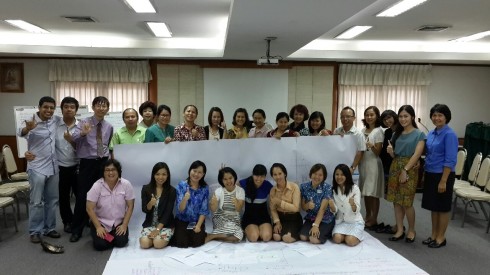

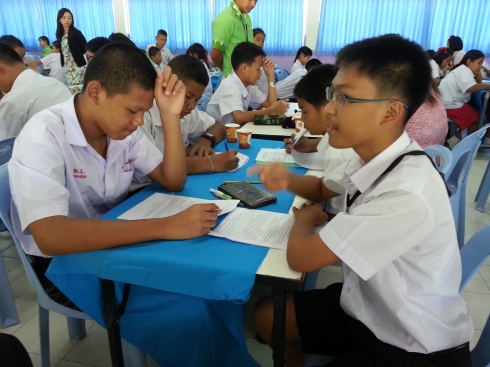
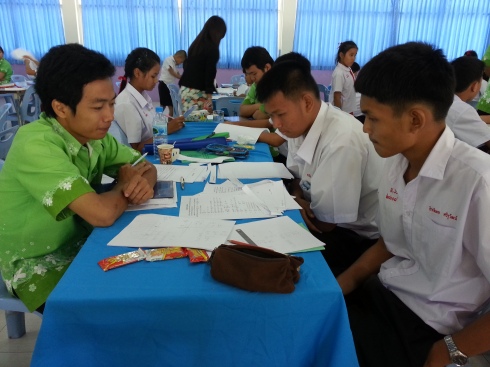
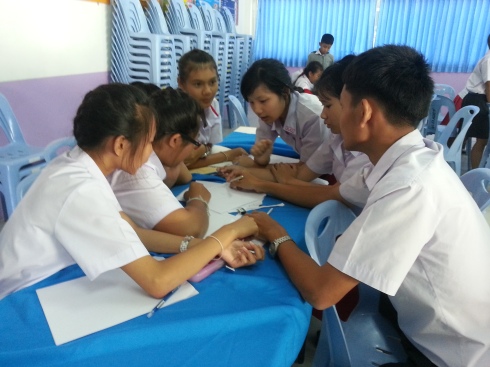
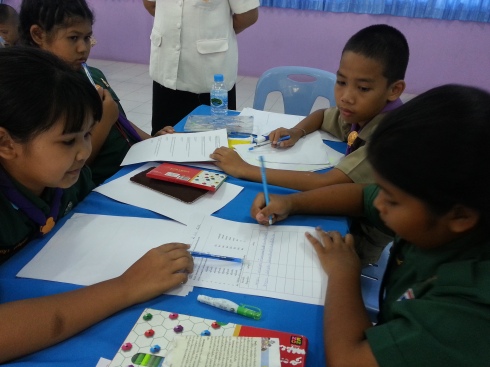
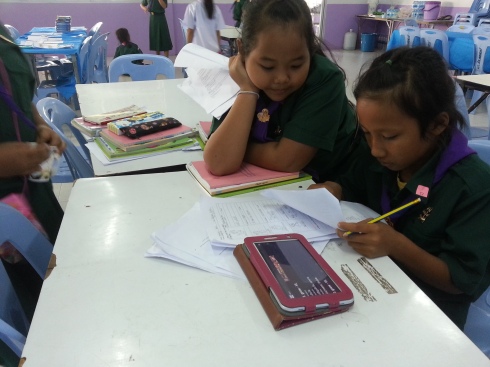
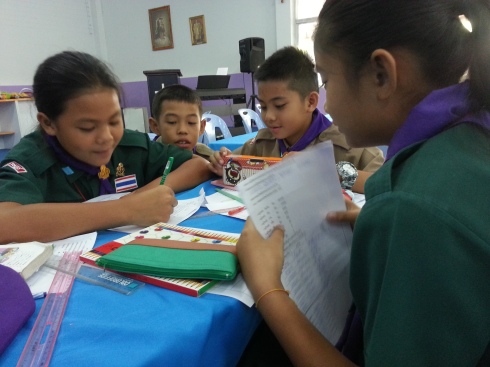
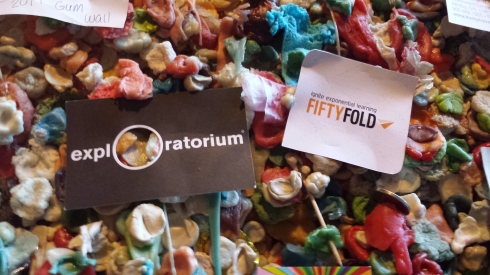






Recent Comments